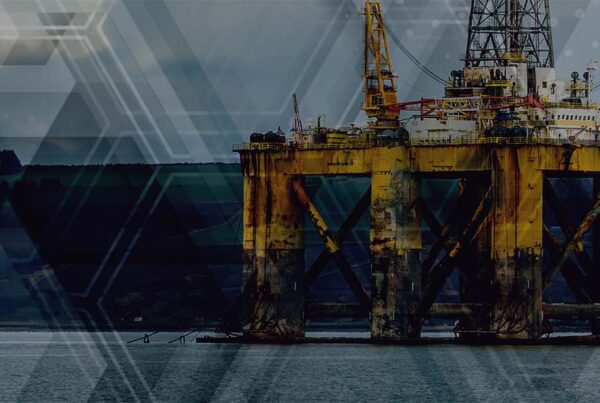The Middle East is a significant contributor to onshore rig demand, accounting for c.10% of the global identified fleet of drilling capable rigs. In comparison to other regions, onshore rig demand in the Middle East remained relatively resilient in 2020, despite the impact of the Covid-19 pandemic on oil & gas demand, and the subsequent implementation of OPEC/OPEC+ production cuts. The number of onshore rigs drilling in the Middle East declined by c.18% in 2020, compared to c.50% declines in both Latin America and North America.
How is E&P operators’ (NOCs and IOCs) focus on cost rationalisation and improvements in operational efficiency shaping onshore rig technology requirements within the Middle East?
Mechanisation and automation to remain key areas of focus
Operators continue to highlight the importance of rig efficiency and reduction in downtime during the drilling operation, with key areas of focus being mechanisation and automation. This is particularly the case in markets such as Oman, where large numbers of wells are required to be drilled in order to maintain production from mature oil fields with low productivity. Moreover, the sour oil and gas fields located in the south of the country are typically located at extreme depths (up to 5km), with high technological requirements for components such as drill bits in order to improve operational efficiency and project economics.
The nature of Oman’s onshore field developments typically require double rigs (wherein the derrick can support two joints of drill pipe) equipped with hydraulic catwalks, which reduce the amount of tubular handling and minimise operational hazards. The ability to mobilise a rig quickly and efficiently between drill sites is also important, with a skid-mounted rig and camp load typically a key requirement in Oman.
Given the demand for automated rigs, operators are expected to increasingly favour real-time and remote monitoring capabilities, with rigs offering these features likely to be in a strong position to earn higher day rates. Notably, the onshore market in Oman is characterised with the presence of both prominent IOCs (e.g. BP and Occidental) and well-established international rig contractors such as KCA Deutag, Schlumberger, and Ensign Energy Services Inc. This dynamic is conducive to automation and mechanisation, with international operators having high KPIs and standards in terms of safety and efficiency, and a willingness to pay for technology enabling them to meet these standards. In a highly competitive market, there is also increased onus on rig contractors to adopt new technology in order to strengthen their offering when competing for contract awards.
Shift in technological requirements reflects need for greater control and efficiency
In Kuwait, requirements for rig technology have also developed in recent years to reflect the need for greater control and efficiency in drilling operations. Notably, the country has targeted the development of high-pressure gas resources from the Jurassic gas fields in Northern Kuwait, as well as the development of its heavy oil fields, with production at the Ratqa field having commenced in February 2020.
Newbuild rigs are typically required to have AC power systems, which allow for greater optimisation and control of power distribution, with integrated power control systems such as NOV’s Amphion system also preferred. The drilling of deeper, high pressure wells, involving larger volumes of mud, has also led to higher specification requirements for mud pumps, with 7,500 PSI operating pressure typically in demand.
Ensign Energy Services Inc mobilised two 3,400 HP automated drilling rigs in Kuwait in 2019, which are currently operating under five-year contracts. KCA Deutag also spudded its first well in the country in 2020 using the drilling rig T-82, a 3,000 HP unit equipped with an AC power system and three 7,500 PSI mud pumps.
Impact on rig day rates in the Middle East
Westwood’s market research indicates that day rates in the Middle East can range from below $20,000 for a low horsepower rig (below 1,500 HP) to in excess of $50,000 for a heavy duty 3,000 HP+ rig in markets such Kuwait and the UAE. In Kuwait, the drilling of deeper, high pressure wells requires high-specification, high horsepower rigs which command premium day rates.
While the number of active drilling rigs in the Middle East is expected to see year-on-year improvement through to 2025, operators are under increased pressure to reduce costs of their drilling operations. Westwood’s Base Case Drilling outlook indicates onshore rig supply will continue to exceed demand in most Middle Eastern countries over the forecast period (until 2025). Under these circumstances, onshore rigs which include features that automate the drilling process, reduce the amount of downtime, and improve safety levels are better positioned to earn higher day rates.
Todd Bush, Head of Onshore
[email protected]
Katy Smith, Onshore Analyst
[email protected]




